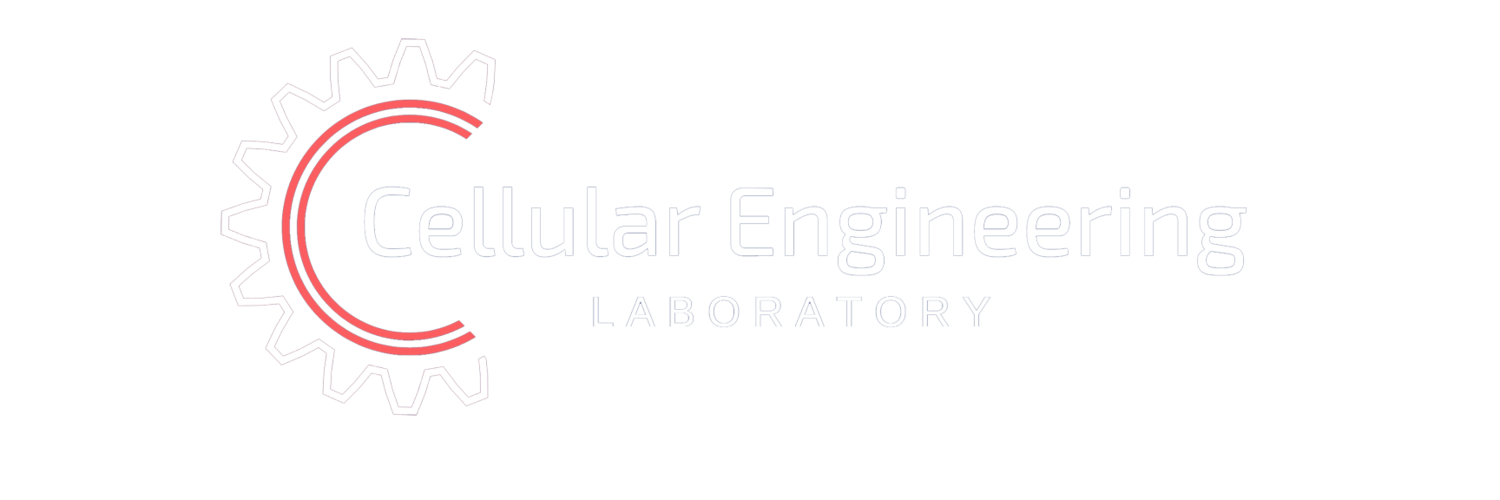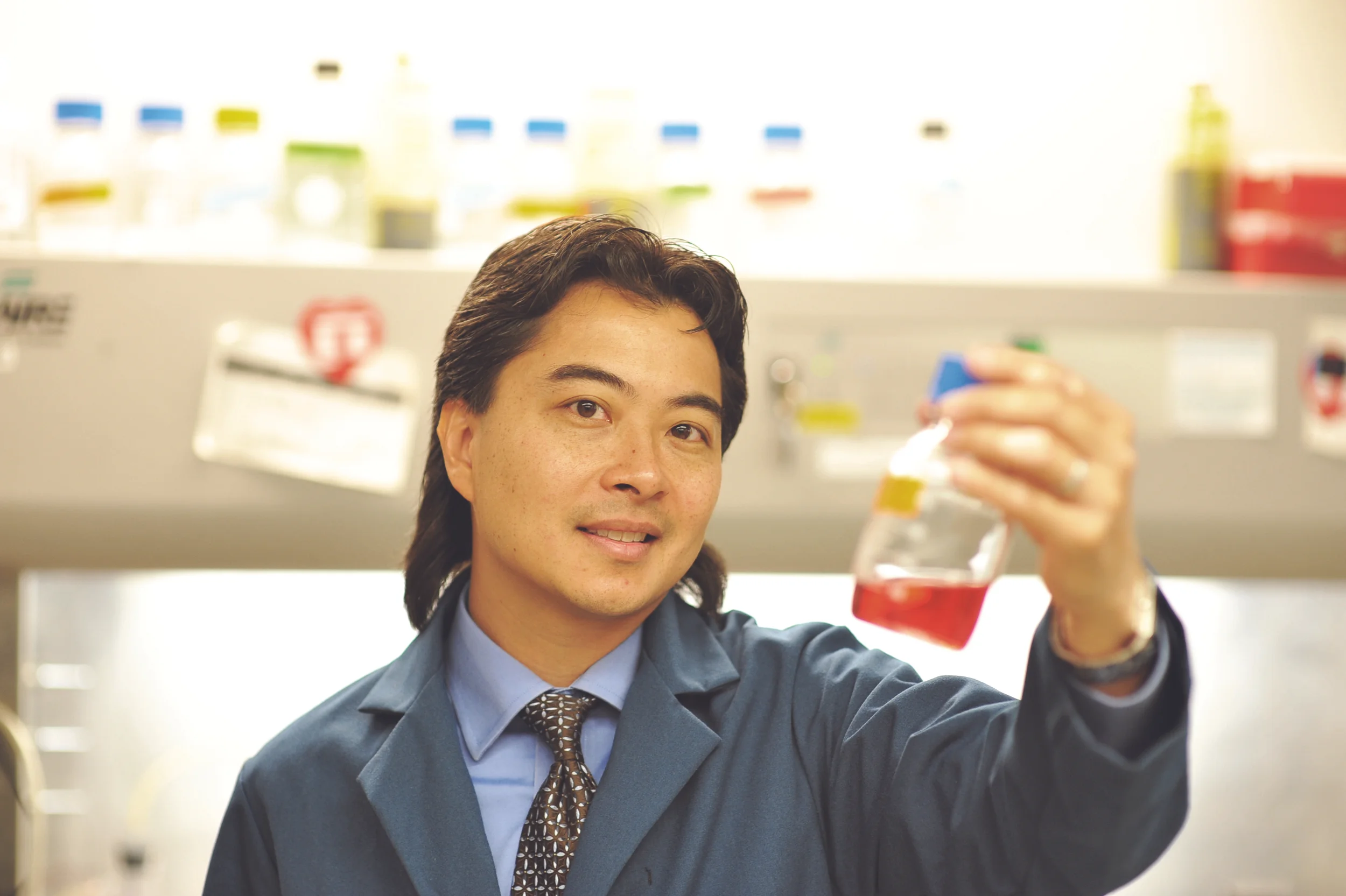Contact Information
Email: cth6@columbia.edu
Tel: 212.854.6542
Education
B.S., Biomedical Engineering, 1990, Brown University
M.S.E., Biomedical Engineering, 1992, University of Pennsylvania
Ph.D., Bioengineering, 1995, University of Pennsylvania
Awards (Selected)
1996: Instructor Solomon Pollack Award for Graduate Research
1997: Whitaker Special Opportunity Award Postdoctoral Fellowship (Center for Biomedical Engineering, Columbia University)
2000: Guest editor, Cell & Tissue Engineering issue of Journal of Biomechanical Engineering (June issue)
2002: Kim Award for Faculty Involvement
2003: Negma-Lerards Prize, 3rd International Symposium on Mechanobiology of Cartilage and Chondrocyte, Brussels, Belgium, May 16-17
2004: Co-author, The John Paul Stapp Best Paper Award in the 2003 Stapp Car Crash Journal presented at the 47th Stapp Car Crash Conference. A tissue level tolerance criterion for living brain developed with an in vitro model of traumatic mechanical loading (Morrison III, B lead author)
2006-2012: Associate Editor, Journal of Biomechanical Engineering
2008-present: Deputy Editor, Journal of Orthopaedic Research
2009-present: Editor-in-Chief, Journal of Orthopaedic Research & Reviews (open access)
2016: Marshall R. Urist, MD Award, 2016 Orthopaedic Research Society
2019: Fellow, International Combined Orthopaedic Research Society (ICORS)
2021: Fellow, Orthopaedic Research Society
2021: Outstanding Achievement in Mentoring Award, 2021 Orthopaedic Research Society
Areas of Research Interest
Effects of physical, mechanical, and chemical stimuli on musculoskeletal cells related to cellular and tissue engineering.
Background
Dr. Hung has been pursuing in-depth multidisciplinary collaborations with faculties and students from the Departments of Biological Sciences, Mechanical Engineering, Chemical Engineering and Orthopaedic Surgery using with state-of-the-art biological and engineering tools to perform research aimed at the study of physical effects (e.g., cell deformation, fluid flow effects, hydrostatic pressure) on cells and tissues, and the incorporation of these forces in strategies to develop functional tissue substitutes of clinical relevance. An understanding of the effects of physical forces on cells is important in the development of effective tissue replacements which mimic or restore normal tissue structure-function in orthopaedic and other load-bearing tissues of the body. Such studies are aimed at alleviating the most prevalent and chronic problems afflicting the musculoskeletal system such as arthritis, and problems related to sports and occupational injuries.
Patents
Hung CT, Ateshian GA, Lima EG, Cook JL, Bian L: Osteochondral implants, arthroplasty methods, devices, and systems. Patent # US 8,608,801.
Lima EG, Sirsi S, Hung CT, Borden MA: Gas-filled microbubbles devices and methods. Patent # US 8,617,892 and # US 9,506,027.
Hung CT and O'Connell GD: Tissue culture media containing trimethylamine N-oxide, Patent # US 9,321,993.
Rosenwasser MP, Ateshian GA, Hung CT, Jones BK: Customized bendable osteochondral allografts. Patent # US 10,251,751 and # US 10,772,370.
Cook JL, Hung CT, Stoker AM, Lima EG: Chondral and osteochondral allograft preservation system. PCT application #PCT/US12/21134. [Contract with MTF tissue bank]
Konofagou EK and Hung CT: Tissue engineering methods, systems and devices employing ultrasound. PCT application #PCT/US2012/034136.
Hung CT, Bulinski JC, Tan AR: Systems, methods, and devices for cell cycle synchronization of progenitor cells to improve uniform differentiation of tissue progenitor cells. CU 15113/T4356-21208PV01. Patent application filed.
Active Grants
Co-Principal Investigator (PI: Shah RP): OSRF # 19_005 : Determination of Biomarkers for OA using a Novel Synovial Joint Model System. DC: $10,000; 1/1/20-12/31/20.
The study will analyze patient synovial fluid before and after intra-articular injection of hyaluronan lubricant in co-culture with cartilage and synovium in a biofidelic joint model.
Co-Principal Investigator (PI: Trofa D): OSRF # 19_006: TMAO as a Media Supplement for Osteochondral Graft Harvesting. DC: $5,000; 1/1/20-12/31/20.
The study will assess the efficacy of TMAO in mitigating chondrocyte injury and death associate with iatrogenic injury during graft harvesting with tissue trephines.
Principal Investigator: NIH R21AR075245A1: Cell Cycle-Mediated Optimization of Cartilage Tissue Development. TC: $442,311, 3/19/20-2/28/22.
The study will use cell synchronization as a method to provide a more homogeneous population of chondrocytes for functional tissue engineering of articular cartilage. Award being set up.
Principal Investigator: CDMRP/DOD PR191398: Sustained Dexamethasone Delivery to Prevent Onset of PTOA. TC: $1,571,704, 9/1/2020-8/31/2023. (Award being set up).
The study will utilize a collagen (vitrigel) wrap to augment primary anterior cruciate ligament (ACL) repair by providing a selectively-permeable wrap (to cover the wound area) that delivers sustained low dose corticosteroid release via PLGA microspheres.
Co-Investigator: DARPA (PI: Sia S)- Bioelectronics for Tissue Regeneration (BETR), DC $80,000/year to Hung, 3/20-3/23.
The study is aimed at a cutting edge technology for smart healing of skin wounds incorporating nanosensors, focused ultrasound triggering of drug delivery, biomaterials and modeling.
Principal Investigator: NIH 1R01AR068133-01A1: Incorporation of Dexamethasone Delivery within Engineered Cartilage ($225k yearly to Hung), 20% effort, TC: $2.56M, 5/16/16-4/30/22.
They study will examine the release of the steroid dexamethasone from degradable polymer microspheres that are encapsulated together with cells in a biocompatible hydrogel scaffold for cartilage tissue engineering. This strategy is aimed at providing chondroprotection for the engineered cartilage graft against inflammatory cytokines in the implantation environment. The team includes collaborators from Columbia (Ateshian), the University of Pittsburgh (Marra) and University of Missouri (Cook).
Investigator: NIH: NIBIB 5P41EB027062: Core-Tissue Engineering Bioreactor (PI: Vunjak-Novakovic, GI): 4% yearly effort, 9/1/19-8/31/24.
The focus of this core will be on the development and utilization of novel bioreactors designed to precisely control the cellular microenvironment, impart multiple physical stimuli, and enable real time imaging of cells and tissues at various hierarchical scales. Osteochondral (cartilage/bone) tissues and myocardium are selected as paradigms of distinctly different, clinically relevant engineered tissues to serve as models for bioreactor development and validation.

